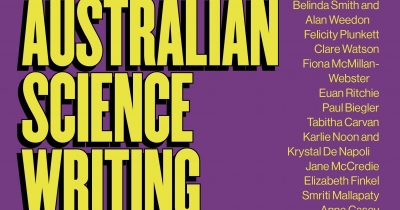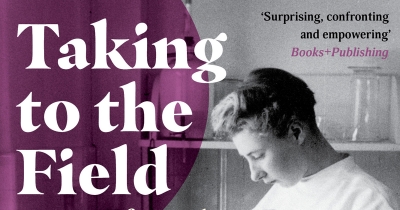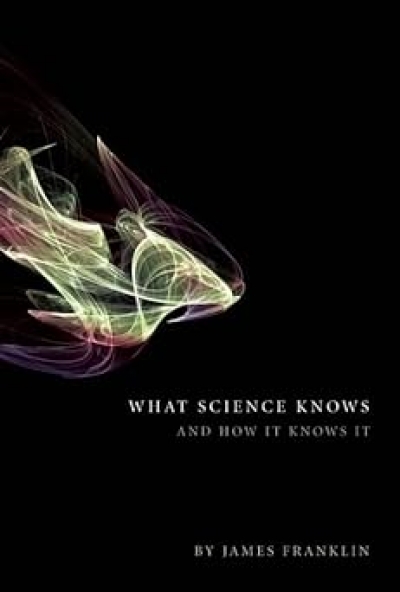Science
The Best Australian Science Writing 2023 edited by Donna Lu
by Robyn Arianrhod •
Powering Up: Unleashing the clean energy supply chain by Alan Finkel
by Julian V. McCarthy •
An Intimate History of Evolution: The story of the Huxley family by Alison Bashford
by Gary Werskey •
Dark Winter: An insider’s guide to pandemics and biosecurity by Raina MacIntyre
by Ben Brooker •
Science, Secrecy and the Smithsonian: The strange history of the Pacific Ocean biological survey by Ed Regis
by Billy Griffiths •
Taking to the Field: A history of Australian women in science by Jane Carey
by Jessica Urwin •
How We Live and Why We Die: The secret lives of cells by Lewis Wolpert
by Ian Gibbins •
This year sees the bicentenary of Darwin’s birth and the one hundred and fiftieth anniversary of the publication of his On the Origin of Species. It also sees the two hundred and fiftieth anniversary of the birth of Robert Burns (1759–96). The media have been full of the Darwin anniversaries, but we have heard rather less about Burns, at least in Australia. Yet Burns is arguably as important as Darwin in our cultural formation.
... (read more)








